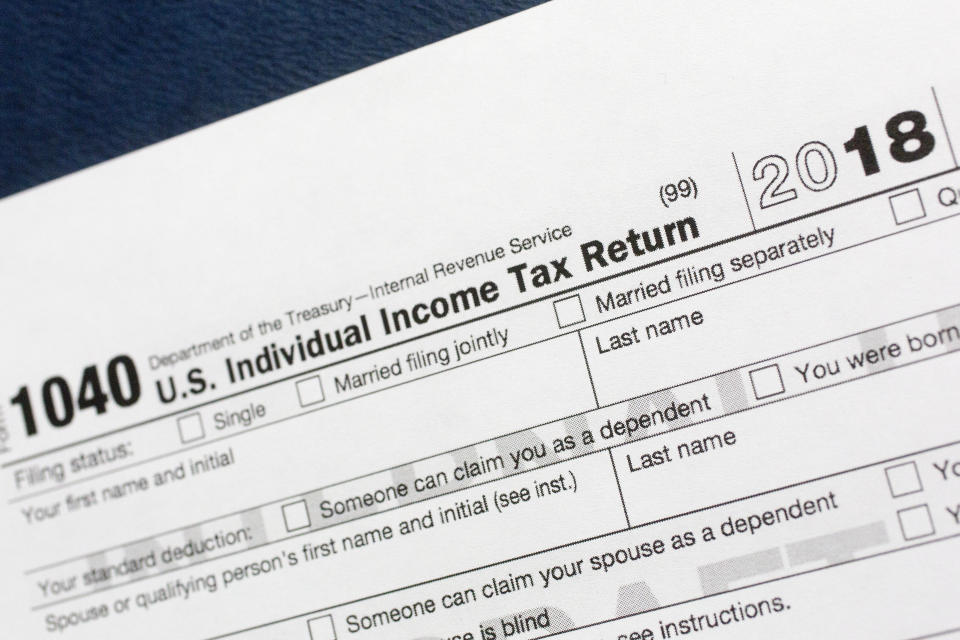What you need to know about homeowner tax deductions
It seems everybody wants to buy a home these days. Fueled by low mortgage rates and a strong job market, demand is high and supply is low in many areas of the country. So low that the supply of homes on the market is at its lowest level since the National Association of Realtors began tracking housing inventory in 1982.
For those lucky enough to find a home where they want, at a price they want, the tax benefits are enticing: You can deduct mortgage points from your closing costs, take a deduction on your home mortgage interest, and deduct mortgage interest as well as state and local taxes (up to $10,000).
But there are limitations and drawbacks to these strategies for some taxpayers. The Tax Cuts and Jobs Act passed in December 2017 was the first sweeping change to the tax code in decades. It has made the benefits of these homeowner deductions less clear, especially for those who are higher earners and live in high-tax states.
The law nearly doubled the standard deduction and at the same time limited many itemized deductions taxpayers had grown to love. As a result, many taxpayers in high tax states are choosing to take the standard deduction, said Patrick Daly, partner at Citron Cooperman and a member of New York State Society of CPAs.
“People have to look at their tax returns as a whole to see if they’re really getting a benefit,” Daly told Yahoo Finance’s “On the Move.”
The general rule has always been the higher your income, the more valuable tax deductions are because you’re taxed at a higher rate. Taxpayers who itemize their returns can deduct home mortgage interest on the first $750,000 of their debt. But in the past, you could deduct much more.

“The debt limit pre-2018 was at $1 million,” Daly said. “The government lowered it down to $750,000. So now your interest deduction is only based on $750,000.” So tax filers need to do some math to make sure it all makes sense.
Another big sticking point for taxpayers in certain states: the SALT deduction cap. The 2017 law put a limit on itemized deductions for state and local taxes at $10,000 per return. That goes for single filers, heads of household, and married taxpayers filing jointly. (The cap is $5,000 for married taxpayers filing separately.) People living in high tax states like New Jersey, New York, California were long able to take advantage of those SALT deductions. But not anymore.
Daly points out that a number of high tax states are still attempting to overturn those rules. New York and New Jersey have tried to pass workaround legislation with mixed results. In December, the House passed the Restoring Tax Fairness for States and Localities Act, which would eliminate the $10,000 limit on state and local tax deductions for 2020 and 2021. The measure was sponsored by Rep. Thomas Suozzi, (D-N.Y.), along with Reps. Bill Pascrell, (D-N.J.), and Mike Thompson, (D-Calif.) and would raise the SALT cap to $20,000 for married couples.
The bill is unlikely to gain traction in the Republican-controlled Senate.
Read the latest financial and business news from Yahoo Finance
Follow Yahoo Finance on Twitter, Facebook, Instagram, Flipboard, SmartNews, LinkedIn, YouTube, and reddit.